Cars today are loaded with technology, from touchscreens to advanced driver aids, but in the process, automakers have been quietly stripping away some of the features that once defined the driving experience. Some vanish because of safety and efficiency mandates, others because buyers simply stopped asking for them. Still, their disappearance leaves many drivers nostalgic for what used to be standard. Let’s take a closer look at ten once-popular features that are quickly becoming history.
Manual Transmissions

The stick shift was once the ultimate connection between man and machine, giving drivers full control over their cars. From muscle cars to economy hatchbacks, manuals were everywhere. Fast forward to today, and fewer than 2 percent of cars sold in North America come with three pedals. Automakers say the average buyer prefers automatics, which are now faster and more fuel-efficient than a human hand could ever be. Still, car enthusiasts cling to brands like Mazda, Porsche, and Honda, who keep manuals alive in select models. But for most new buyers, the joy of rowing your own gears is vanishing.
Handbrake Levers
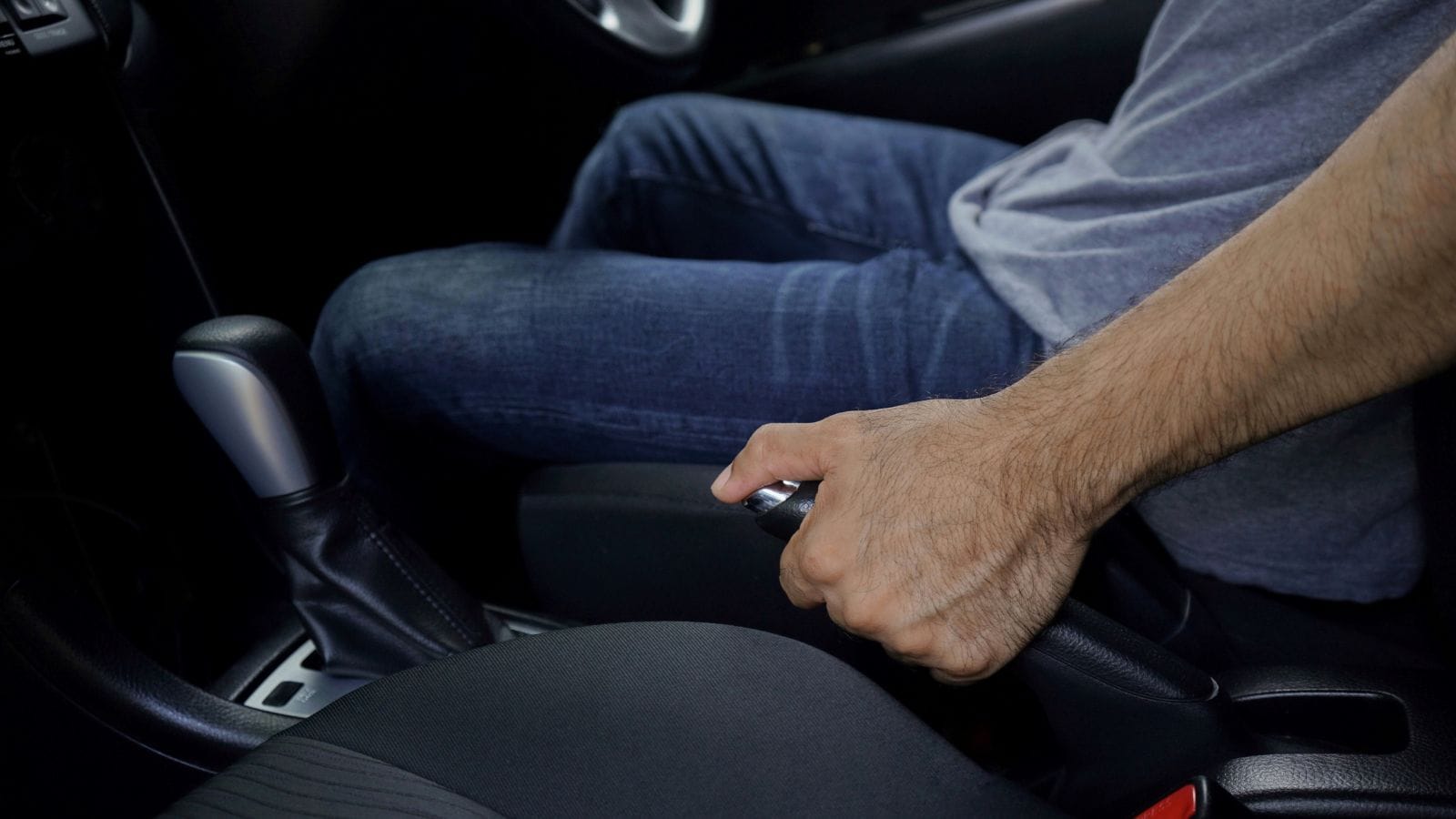
That firm yank of a mechanical handbrake was once a satisfying ritual. Not only did it secure your car on a steep hill, it also doubled as a tool for spirited driving, letting you flick the rear end around in a perfectly controlled slide. Today, electronic parking brakes have taken over. Instead of a lever, you push a button. They’re neat, compact, and can automatically engage when you turn the engine off, but they remove all the tactile charm. A parking brake that can’t help you nail a drift feels a little soulless to some.
Hydraulic Power Steering
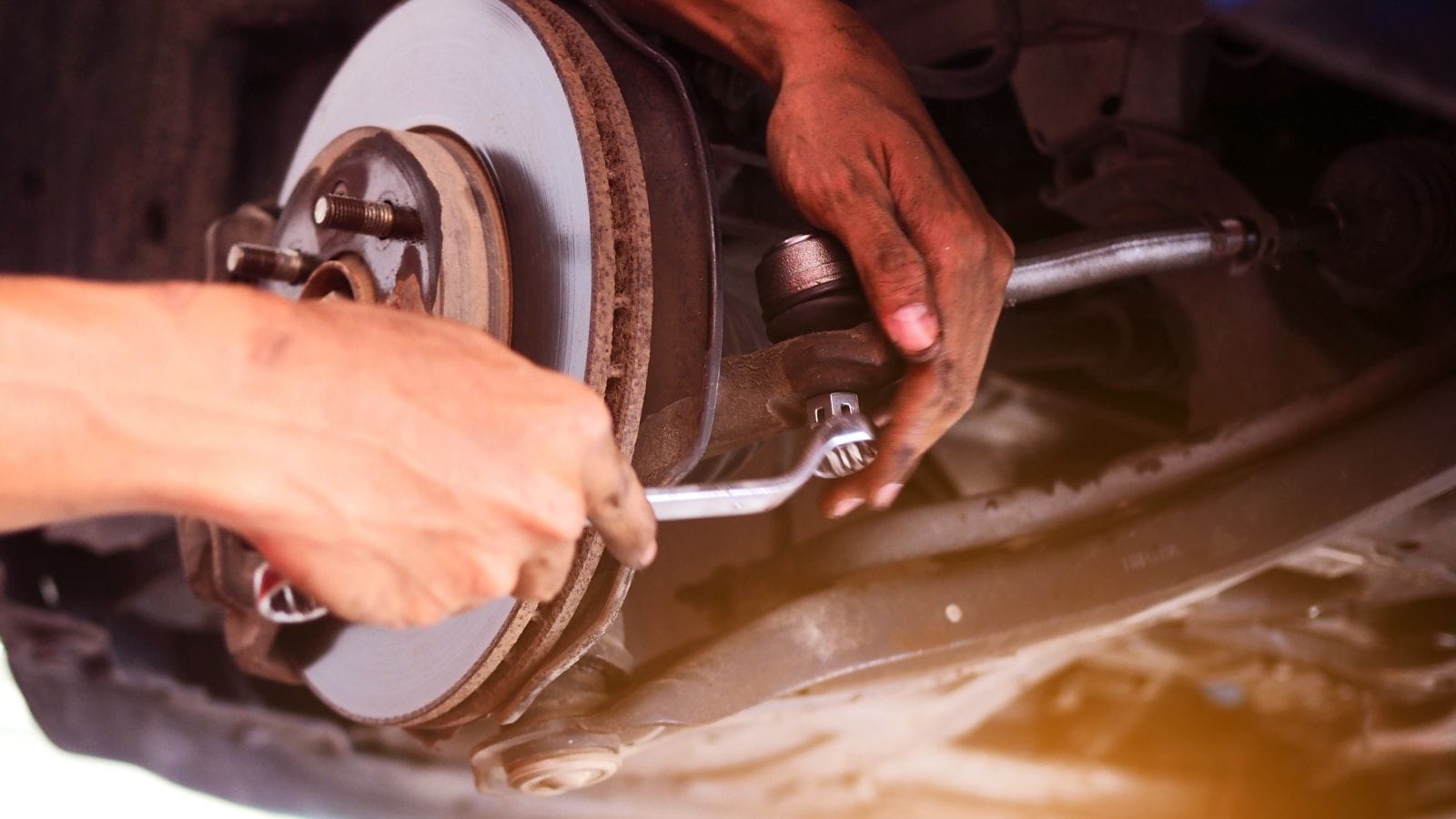
Once upon a time, hydraulic steering was the standard. It gave drivers real road feel and an almost mechanical honesty to the way cars handled. Then came electric power steering, and automakers quickly switched because it improves fuel economy and integrates easily with driver-assist features. For commuters, the change is barely noticeable. For enthusiasts, though, the difference is night and day. Gone is the feedback that told you what the tires were doing on the pavement. Today’s electric systems are getting better, but few match the buttery feel of a well-tuned hydraulic rack.
CD Players
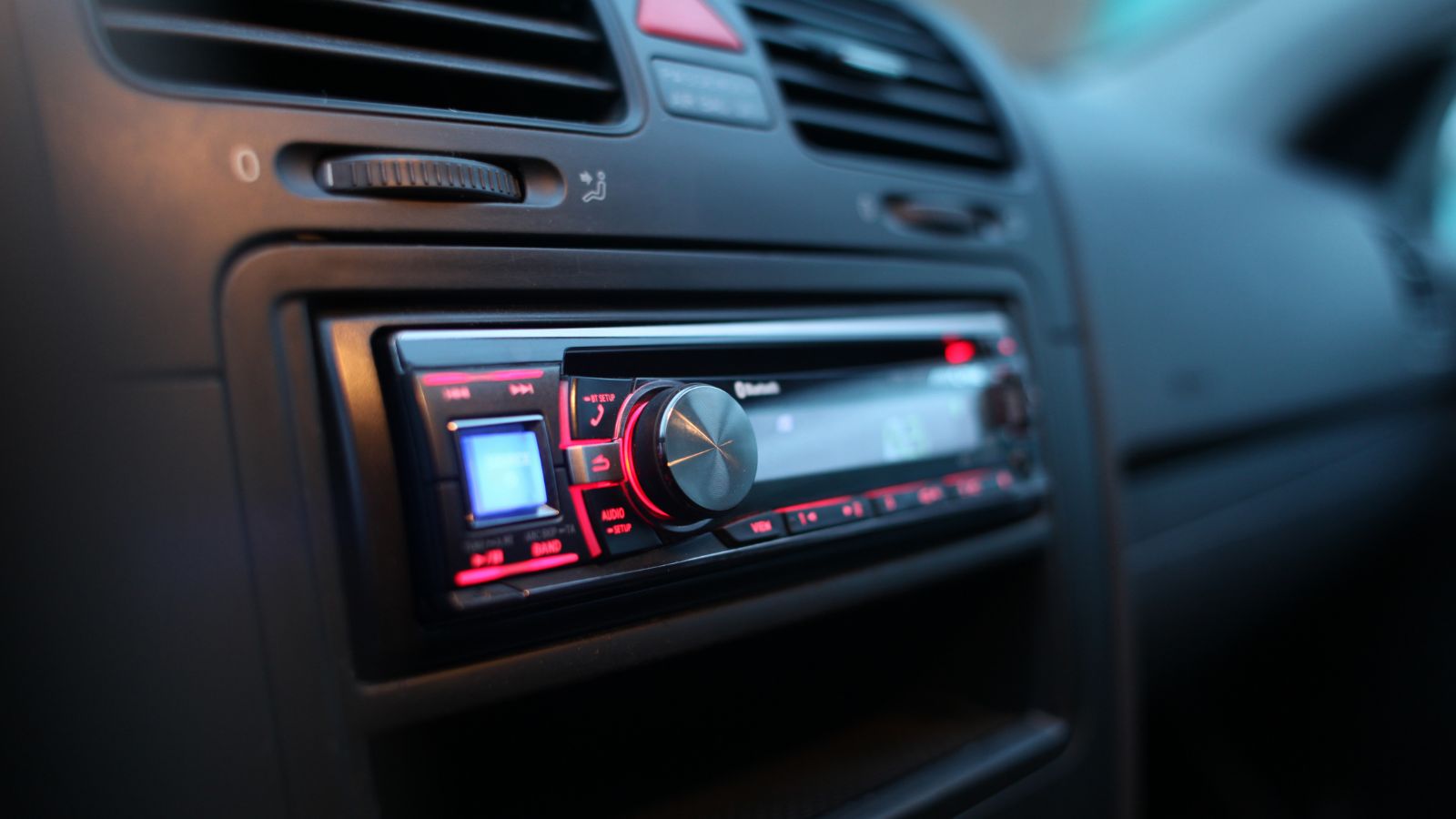
There was a time when a car wasn’t complete without a CD changer stacked with your favorite albums. Many cars even offered six-disc or ten-disc units that made road trips feel like portable concerts. Streaming, Bluetooth, and Apple CarPlay killed all that. Automakers decided CDs were clutter, and they’ve steadily removed them from new models since the mid-2010s. While few people are buying physical discs anymore, there’s something nostalgic about the clunk of sliding in a favorite CD and memorizing which track was number four. Now it’s all playlists and digital downloads.
Spare Tires
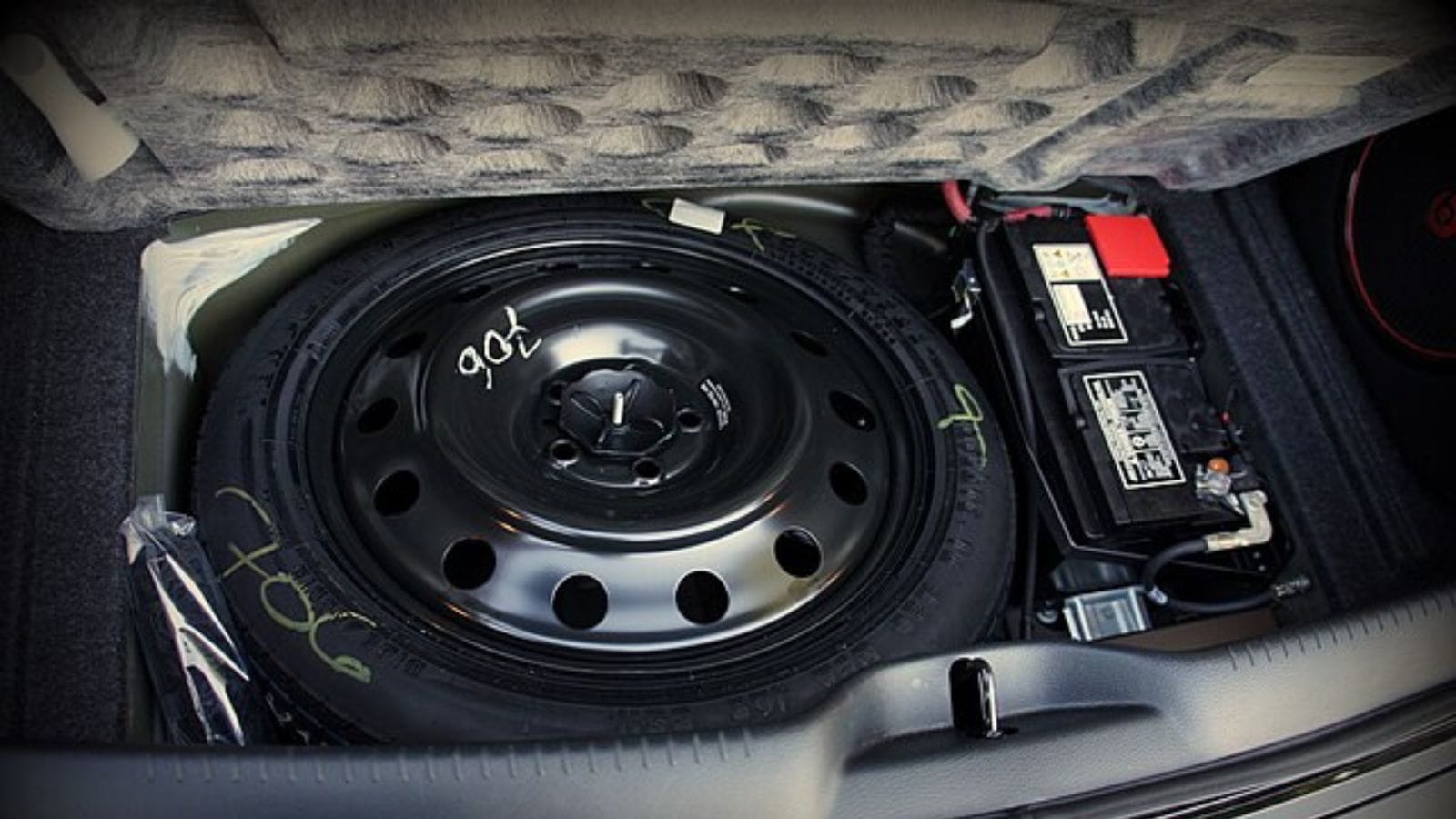
Once considered non-negotiable, spare tires are now endangered. Automakers argue that inflator kits or run-flat tires save space, reduce vehicle weight, and improve efficiency. That sounds fine until you’re stranded on the shoulder with a blowout that sealant can’t fix. Many drivers have learned the hard way that nothing beats a proper spare. Road trippers especially lament the change, because long drives used to come with peace of mind knowing you had a backup in the trunk. Now you’ve got a can of goo and a prayer.
Pop-Up Headlights
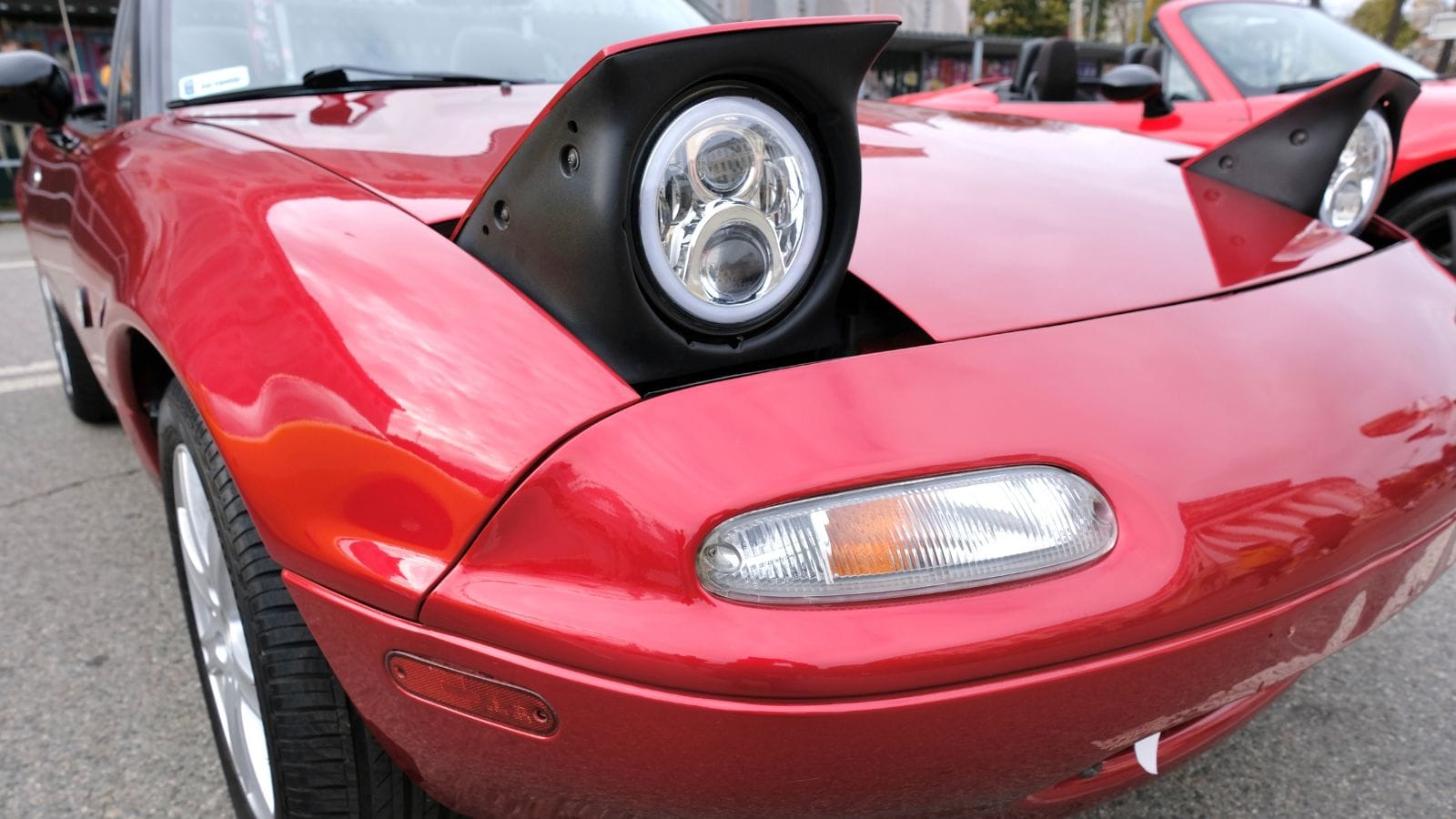
Nothing screams cool like the wink of pop-up headlights. From the Corvette to the Mazda RX-7, they defined sports cars in the 70s, 80s, and 90s. But regulators weren’t amused. Pedestrian safety laws and changing aerodynamics spelled the end of the pop-up era. By the early 2000s, they were gone. Modern LED headlights might be more efficient, brighter, and sleeker, but they lack the theater of watching a car’s “eyes” blink open. It’s a shame such a simple detail carried so much character—and was wiped out by red tape.
Analog Gauges
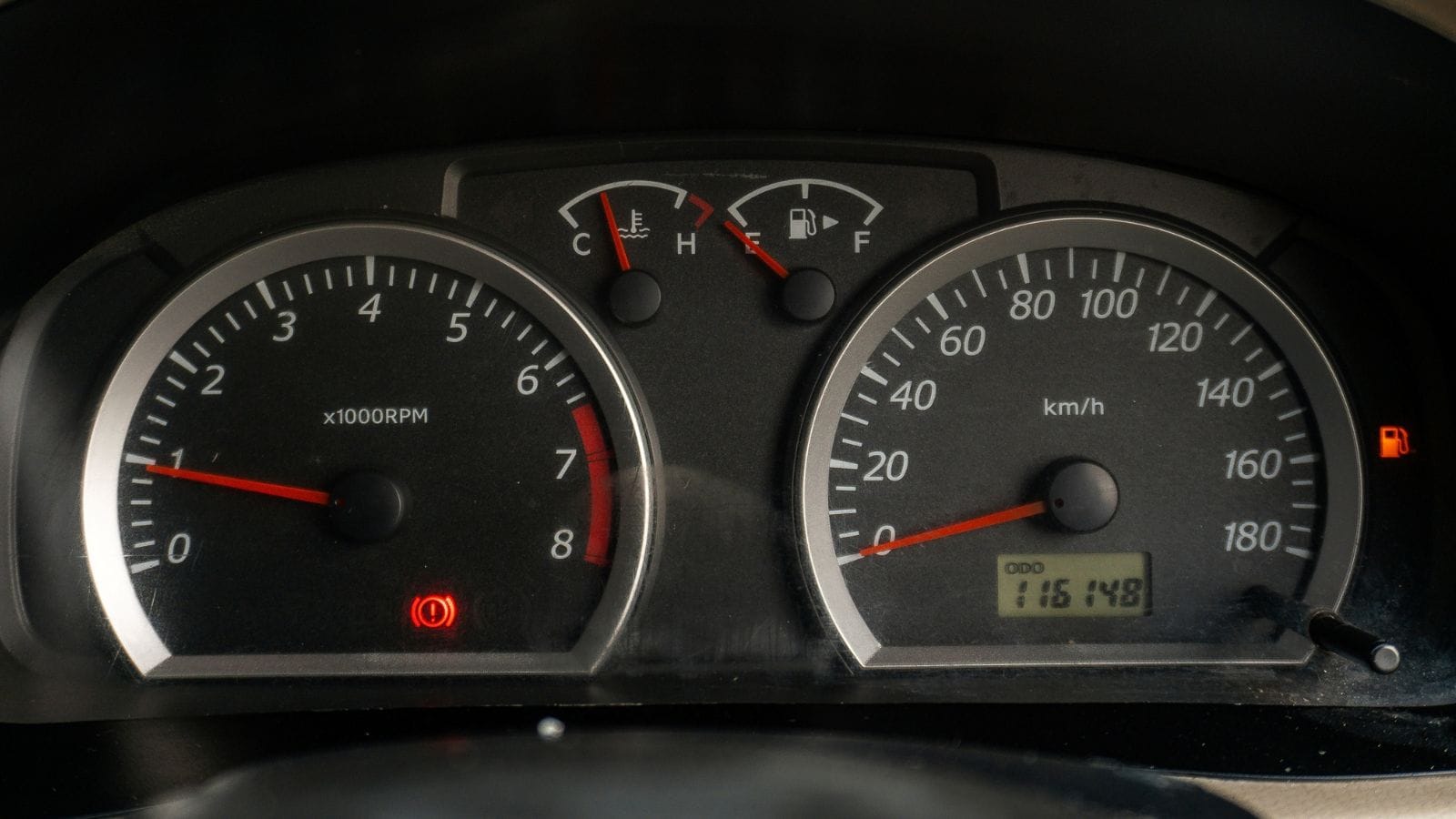
Classic speedometers and tachometers gave us sweeping needles, satisfying clicks, and designs that could be works of art. Today, fully digital screens have replaced them. Sure, they’re customizable, sharp, and capable of showing navigation maps and performance data, but they often feel sterile, like staring at a tablet. Automakers love them because they’re cheaper to reprogram across multiple models, but many drivers miss the physicality of a real gauge cluster. A glowing digital number just doesn’t have the same drama as watching a needle rocket toward redline.
Cigarette Lighters and Ashtrays
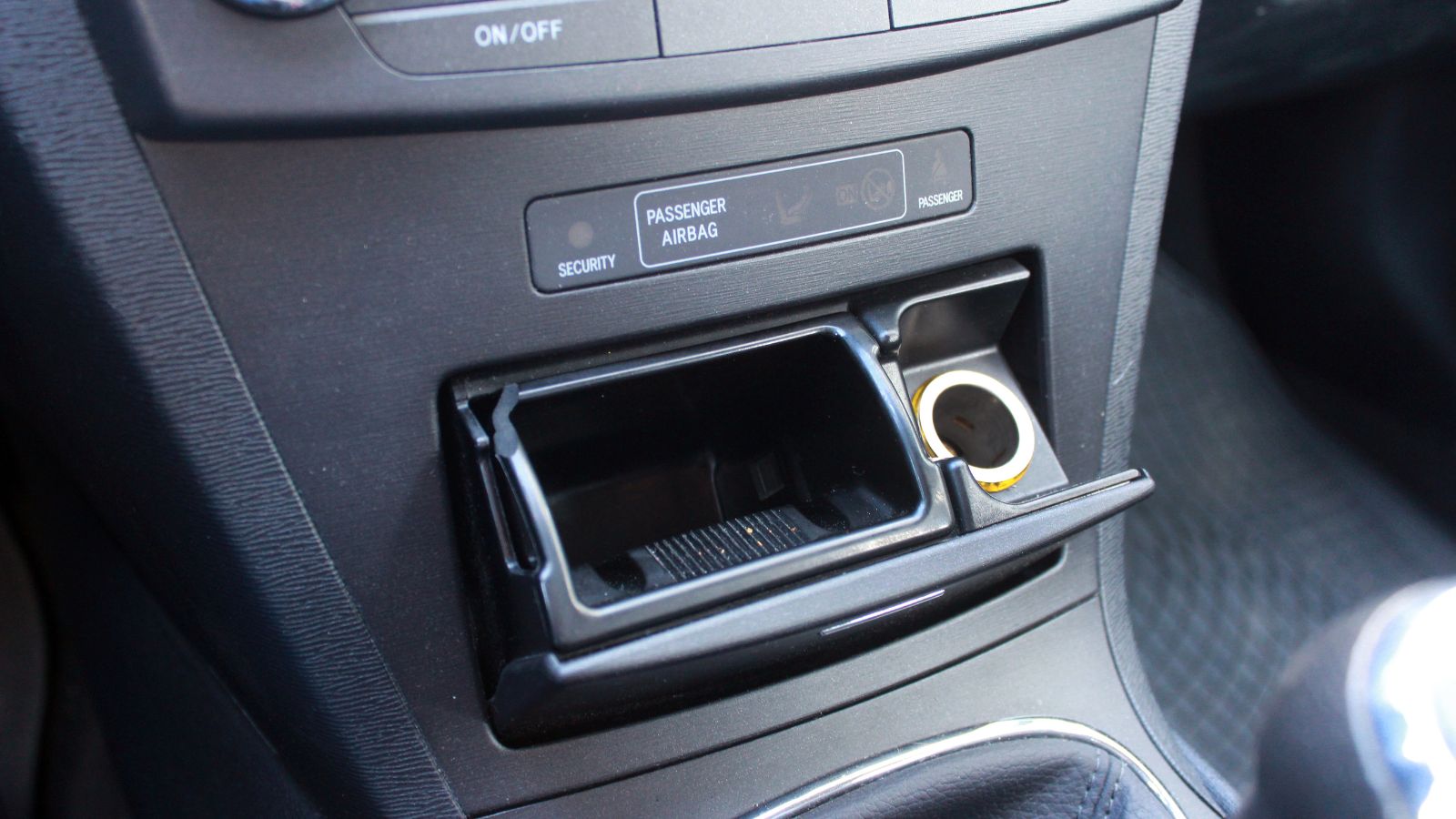
Smoking used to be part of car culture, whether you were lighting up on a long road trip or flicking ashes from the driver’s seat. Every car came with a lighter socket and a built-in ashtray, often more than one. Today, the lighter socket has been reborn as a 12V outlet, while the ashtrays are gone completely. For health reasons, no one misses the smoke-stained interiors, but it’s still an odd feeling that such a once-universal feature has been erased. Today’s drivers are more likely to plug in a phone charger than light up a Marlboro.
Keyed Ignitions
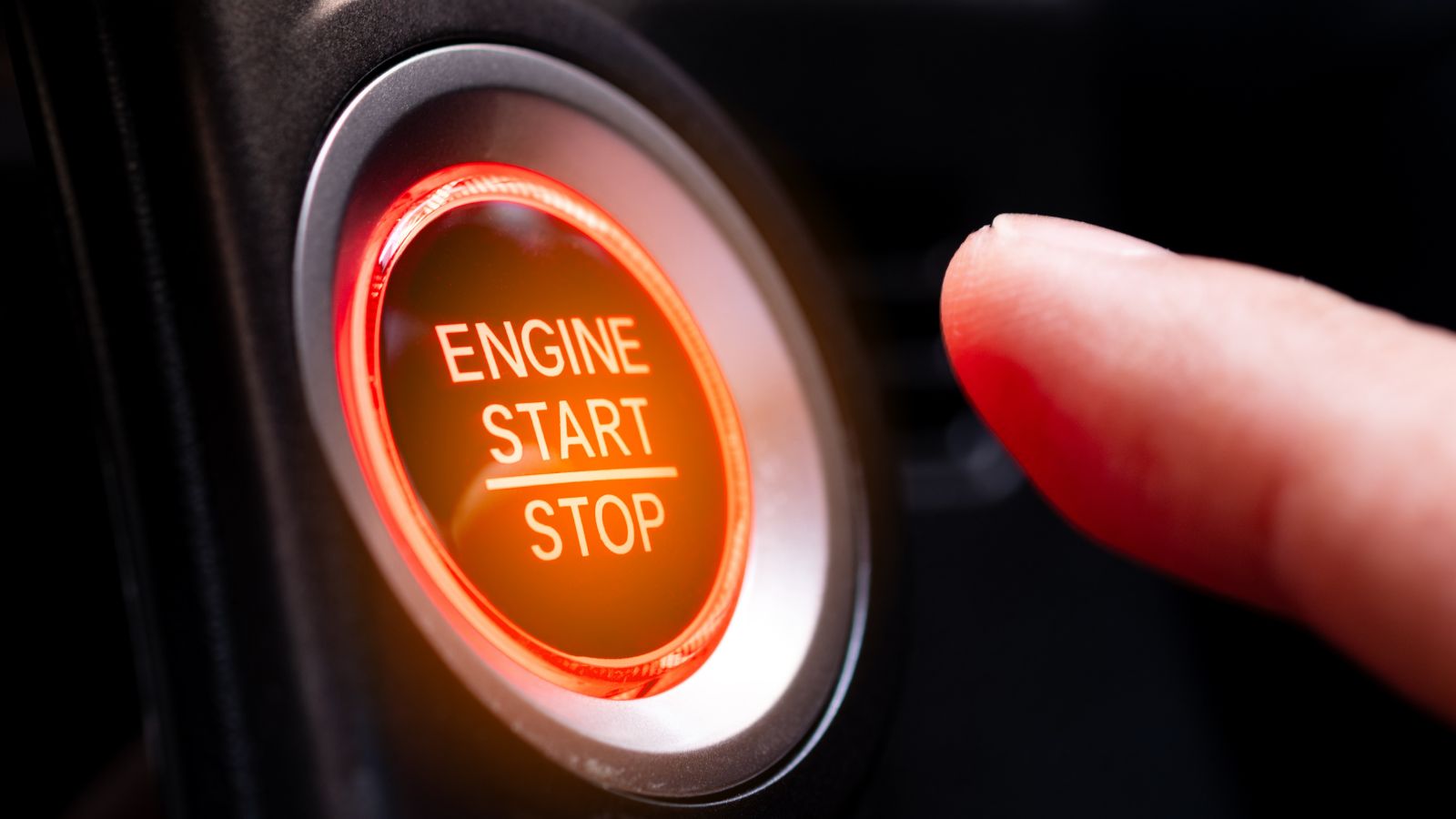
There was a certain satisfaction in sliding a key into an ignition and turning it with a click to fire up your engine. Push-button starts have taken over, triggered by smart fobs that only need to be in your pocket. The system is undeniably convenient, but it’s also one more piece of expensive tech to replace when it fails. Some drivers feel the ritual of turning a key was part of the driving experience. Now, your car just quietly comes to life without any of the mechanical drama.
Chrome Trim
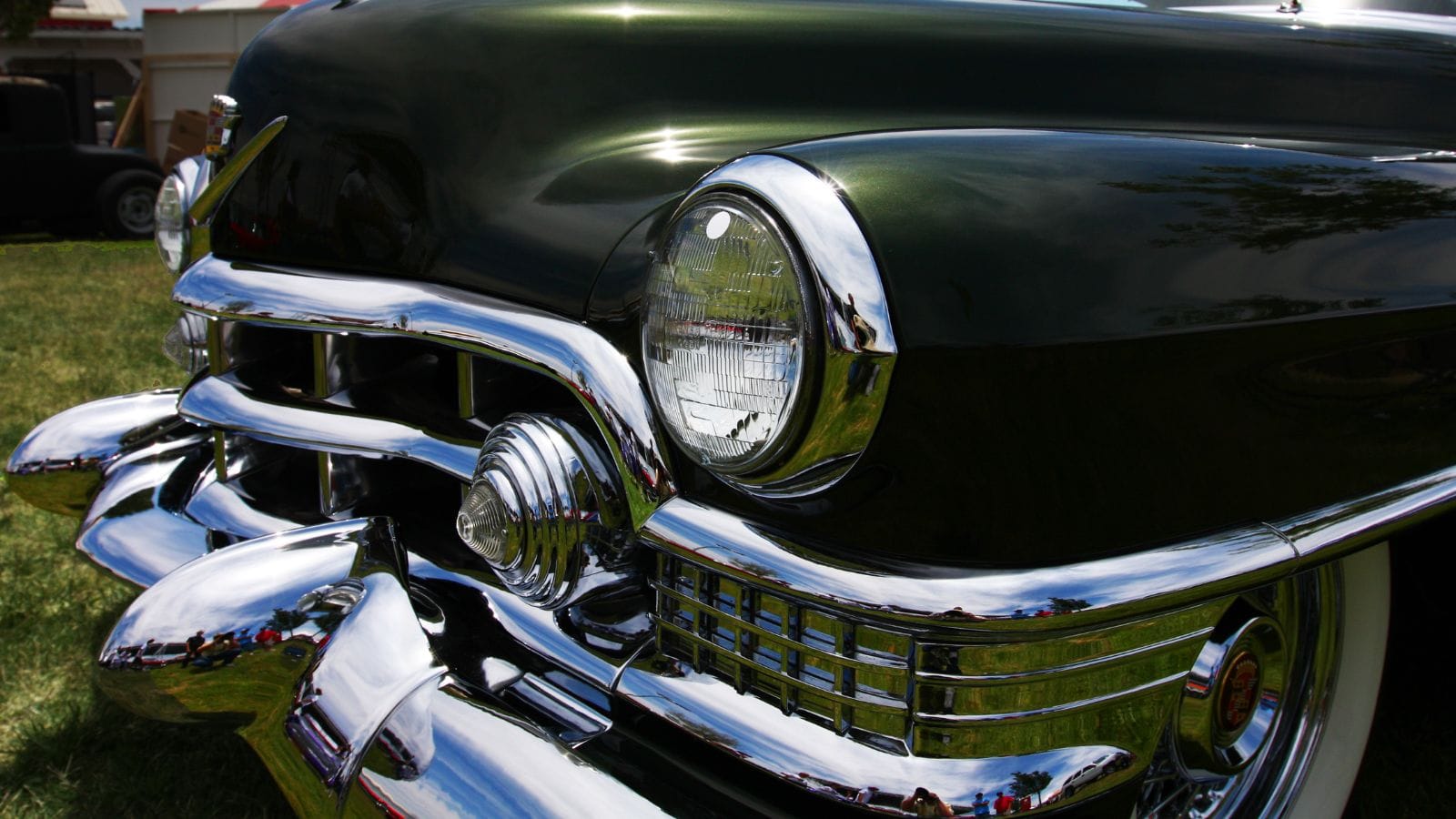
Shiny chrome bumpers, mirror caps, and grilles once symbolized style and luxury. In the 50s and 60s, cars were practically dripping with it. Today, automakers are moving toward blacked-out packages and matte finishes that feel more modern and aggressive. Chrome still has fans, especially among owners of trucks and classic American cars, but in the world of new vehicles, it’s rapidly disappearing. Some buyers see this as progress, while others mourn the loss of sparkle that made cars feel special.
25 Facts About Car Loans That Most Drivers Don’t Realize

Car loans are one of the most common ways people fund car purchases. Like any other kind of loan, car loans can have certain features that can be regarded as an advantage or a disadvantage to the borrower. Understanding all essential facts about car loans and how they work to ensure that you get the best deal for your financial situation is essential. Here are 25 shocking facts about car loans that most drivers don’t realize:
25 Facts About Car Loans That Most Drivers Don’t Realize
